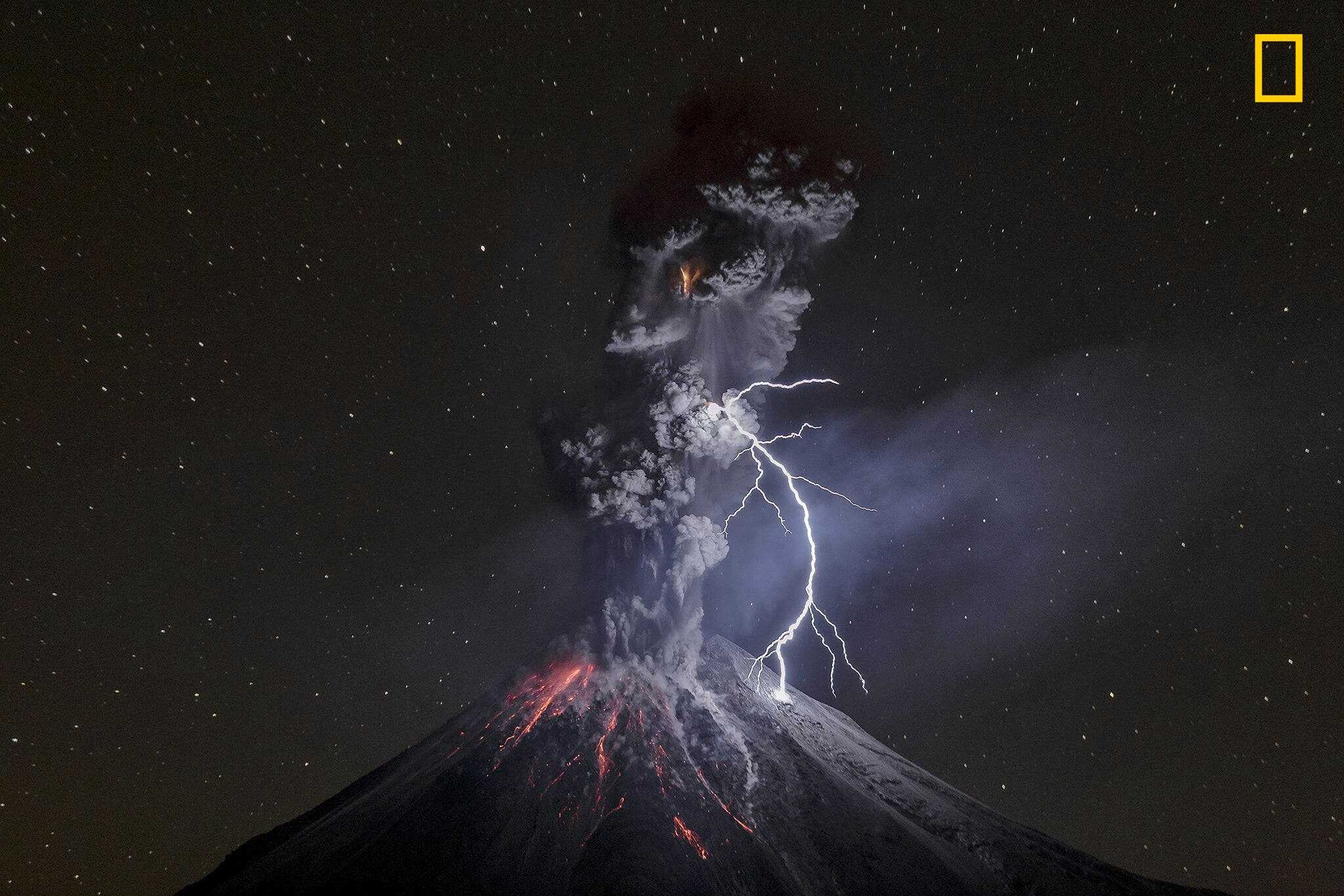
In the cold, dark stillness nearly four kilometers beneath the surface of the Atlantic Ocean, the wreck of the RMS Titanic has been lying undisturbed for over a century. But now, with the help of robots named Romeo and Juliet and more than 715,000 deep-sea photographs, a new digital twin is peeling back the layers of mystery and myth surrounding the world’s most famous shipwreck.
Thanks to a sweeping 3D scan — one of the largest underwater mapping efforts ever undertaken — scientists can now walk virtually through the wreck site. The model captures every rivet, every valve, and every shattered porthole, allowing experts to reconstruct not only the ship’s final position on the seafloor, but also the story of its final moments.
The Titanic’s Digital Twin

The new model was created by the deep-sea mapping company Magellan, which first released its results in 2022. Now, the 3D rendering is featured in a National Geographic documentary titled Titanic: The Digital Resurrection. The 3D model holds 16 terabytes of data — equivalent to six million eBooks — and is accurate down to individual bolts. The wreck was captured in astonishing detail by two remotely operated vehicles (ROVs), which spent weeks photographing the wreck from every angle.
“Titanic is the last surviving eyewitness to the disaster, and she still has stories to tell,” said Parks Stephenson, a Titanic analyst featured in the film.
Until now, expeditions to the Titanic involved peering through submersible windows or grainy sonar. The digital model changes everything. Researchers can now examine the wreck as if they’re walking along the seafloor, without disturbing the fragile remains.
Heroism in the Engine Room

One of the model’s most haunting revelations lies deep in the belly of the ship: concave boilers, buckled inward, a clear indication they were still operational when the ship was pulled under. Nearby, on the stern deck, a single valve sits open — evidence that steam continued to flow even as icy water surged in.
This small detail tells a powerful story.

According to Stephenson, engineers stayed in Boiler Room Two, feeding coal into furnaces long after the iceberg struck, maintaining electricity so that distress signals could be sent and lifeboats launched in light instead of chaos.
“They kept the lights and the power working to the end, to give the crew time to launch the lifeboats safely with some light instead of in absolute darkness,” Stephenson told the BBC. “They held the chaos at bay as long as possible, and all of that was kind of symbolized by this open steam valve.”
None of the engineers survived. Their actions, preserved in dented steel, may have saved hundreds.
A Disaster by Inches

A separate simulation developed at University College London adds a chilling layer to the final moments of the ocean liner. Using Titanic’s blueprints, along with supercomputing models of its speed, direction, and structure, scientists simulated the fatal moment of impact.
The collision with the iceberg lasted just over six seconds. Titanic was designed to survive with four flooded compartments. The iceberg sliced through six.
The simulation revealed that many of the gashes were no larger than a sheet of A4 paper (letter size). But their long, linear pattern allowed water to trickle in across a stretch of the hull.
“The difference between Titanic sinking and not sinking are down to the fine margins of holes about the size of a piece of paper,” said Simon Benson, a naval architecture lecturer at the University of Newcastle.

These punctures are invisible in the 3D model, now buried beneath thick sediment. But the science suggests Titanic came heartbreakingly close to surviving.
New Light on Old Questions

The digital resurrection is also helping correct old stories while confirming other fantastic accounts. Credit: Magellan/Atlantic Productions.
A shattered porthole on the bow confirms survivor accounts of ice entering cabins, while analysis of debris patterns helps clarify the moment the ship broke apart. The popular image of Titanic gently splitting into two is likely inaccurate; instead, the ship was violently torn in half, possibly crushing first-class cabins where some of the wealthiest passengers sought safety.
Other artifacts speak volumes, too. A repositioned lifeboat davit supports testimony that First Officer William Murdoch did not abandon his post, as once alleged. He was likely swept away by the sea as he helped lower lifeboats.
“It’s like a crime scene,” said Stephenson. “You need to see what the evidence is, in the context of where it is.”
The Titanic A Century Later
The Titanic was billed as unsinkable. It was the largest passenger ship in the world when it launched on April 10, 1912. Just four days later, it struck an iceberg and sank within three hours. More than 1,500 people died. Only 700 survived.
Now, thanks to modern technology, the Titanic’s legacy has been captured in digital format. As parts of the wreck continue to collapse from time and corrosion, the model preserves the ship as it appeared in 2022 — a time capsule of metal, memory, and maritime disaster.
“She’s only giving her stories to us a little bit at a time,” Stephenson said. “Every time, she leaves us wanting for more.”
Titanic: The Digital Resurrection premieres on National Geographic on April 11 and streams on Disney+ and Hulu starting April 12.






